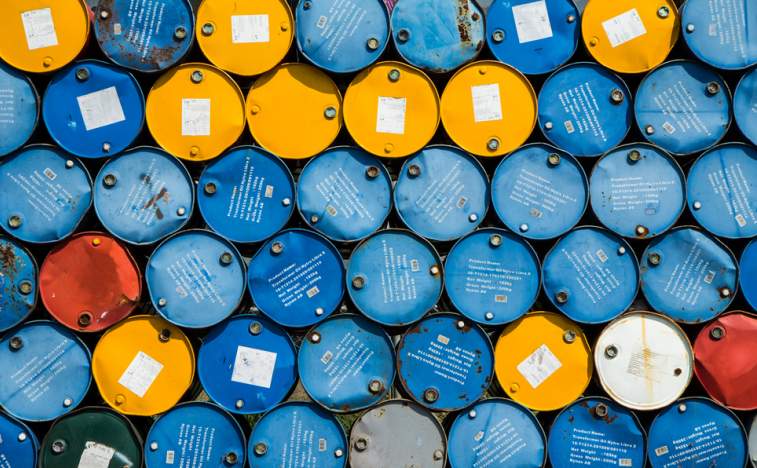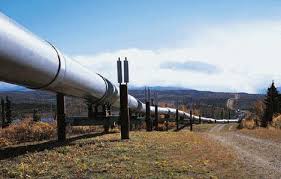
Oscarline Onwuemenyi
14 May 2015, Sweetcrude, Abuja – The Petroleum Products Pricing Regulatory Agency (PPPRA) has explained that the price of crude at the international market as well as other cost elements such as landing cost determine the amount of subsidy paid on a litre of fuel in Nigeria, noting that the petroleum minister, Diezani Alison-Madueke is not responsible.
The agency noted in a statement obtained by our correspondent, yesterday, that such cost elements contributed to the fluctuations in the subsidy figure between 2009 and 2013.
The Agency further sought to debunk a report that subsidy payment sky-rocketed in 2011 because the Minister of Petroleum Resources, Mrs Diezani Alison-Madueke brought PPPRA from the Presidency to the ministry of petroleum under her watch.
According to the PPPRA, the period the agency was established and the end of 2009, the annual petroleum subsidy was in the range of $3 – 4 billion while by the end of 2011, the annual subsidy cost went up to $9 billion.
It added that “between the $3.5 billion in 2009, the $9 billion in 2011 and the $3.5 billion in 2013, the Nigerian population could not have grown by more than 10 per cent or declined by same.”
Spokesman of the agency, Lanre Oladele, who signed the statement said in 2009 when annual average landing cost of fuel was N78.19 per litre and pump price was N65.00 per litre, the annual average subsidy gap was N26.39 per litre.
“However, when compared to the annual average landing cost of N130.29 per litre in 2011 and the pump price of N65.00 per litre, the annual average subsidy gap swung to N79.63 per litre.
“Arising from the above, it has to be noted that subsidy in 2009 was N26.39 per litre as against N79.63 per litre in 2011, which is a major factor that contributed to the high subsidy figure recorded in 2011. Added to this is the inclusion of kerosene subsidy arrears of 2010 and parts of 2009,” the statement explained.
Furthermore, it added that “with regards to the reduction in subsidy paid out in 2013, it is important to note that while the annual average landing cost in 2013 increased to N131 per litre, the annual average subsidy gap dropped from N79.63 per litre in 2011 to N50 per litre in 2013 due to reduction in subsidy level by N32 arising from the increase in pump price from N65 per litre to N97 per litre in January 2012.”
According to the agency, another fundamental determinant in the drop in the subsidy figure in 2013 was the reform measures introduced by the Minister in November 2011, to comprehensively reorganise the Nigerian downstream oil and gas sector to reflect greater accountability and efficiency.



